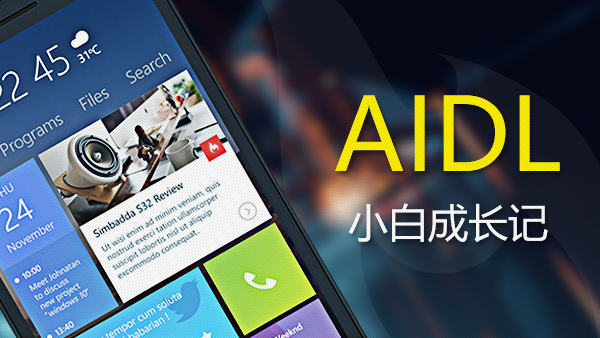1. 布局
<android.support.v4.widget.DrawerLayout android:id="@+id/i_drawerLayout" android:layout_width="match_parent" android:layout_height="match_parent"> //主界面 <LinearLayout android:layout_width="match_parent" android:background="#f0f" android:layout_height="match_parent"> </LinearLayout> //侧滑菜单 <LinearLayout android:background="#00f" android:gravity="start" android:layout_gravity="left" android:layout_width="match_parent" android:layout_height="match_parent"> </LinearLayout> </android.support.v4.widget.DrawerLayout>
2. 改为该界面继承Activity
MainActivity extends Activity
3. 改变主题
<style name="AppTheme" parent="android:Theme.Material"> <!-- Customize your theme here. --> <item name="colorPrimary">@color/colorPrimary</item> <item name="colorPrimaryDark">@color/colorPrimaryDark</item> <item name="colorAccent">@color/colorAccent</item> </style>
4. 写主要逻辑代码
public class MainActivity extends Activity {
DrawerLayout drawerLayout;
ActionBarDrawerToggle drawerToggle;
@Override
protected void onCreate(Bundle savedInstanceState) {
super.onCreate(savedInstanceState);
setContentView(R.layout.activity_main);
drawerLayout= (DrawerLayout) findViewById(R.id.i_drawerLayout);
drawerToggle=new ActionBarDrawerToggle(this,drawerLayout,0,0);
drawerLayout.setDrawerListener(drawerToggle);
getActionBar().setDisplayHomeAsUpEnabled(true);
}
@Override
protected void onPostCreate(Bundle savedInstanceState) {
super.onPostCreate(savedInstanceState);
drawerToggle.syncState();
}
@Override
public boolean onOptionsItemSelected(MenuItem item) {
drawerToggle.onOptionsItemSelected(item);
return super.onOptionsItemSelected(item);
}
@Override
public void onConfigurationChanged(Configuration newConfig) {
drawerToggle.onConfigurationChanged(newConfig);
super.onConfigurationChanged(newConfig);
}
}

 随时随地看视频
随时随地看视频




